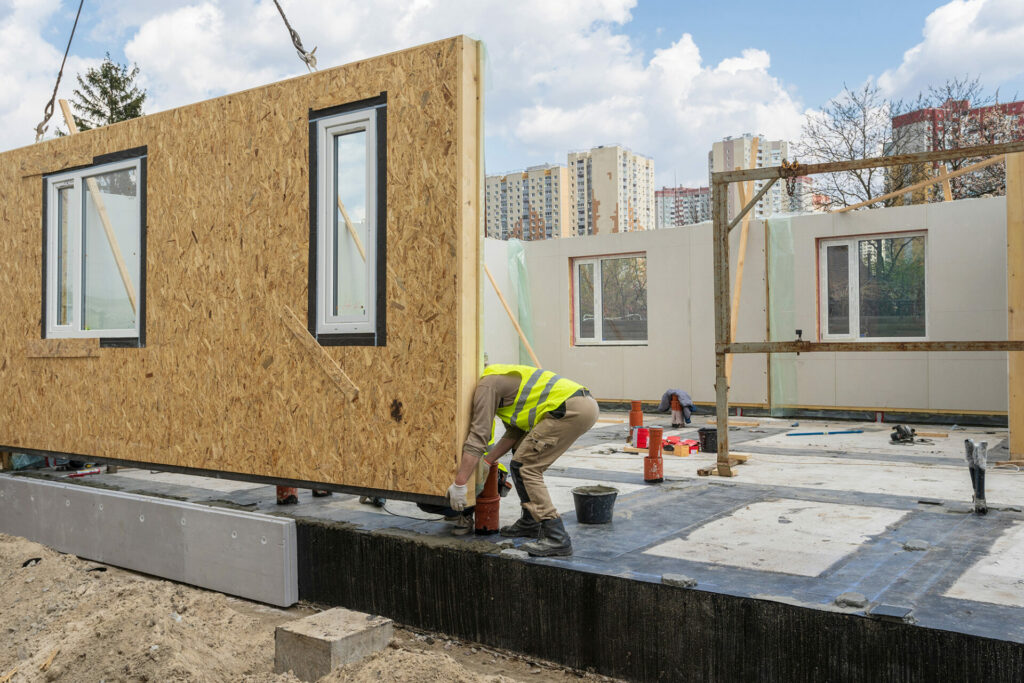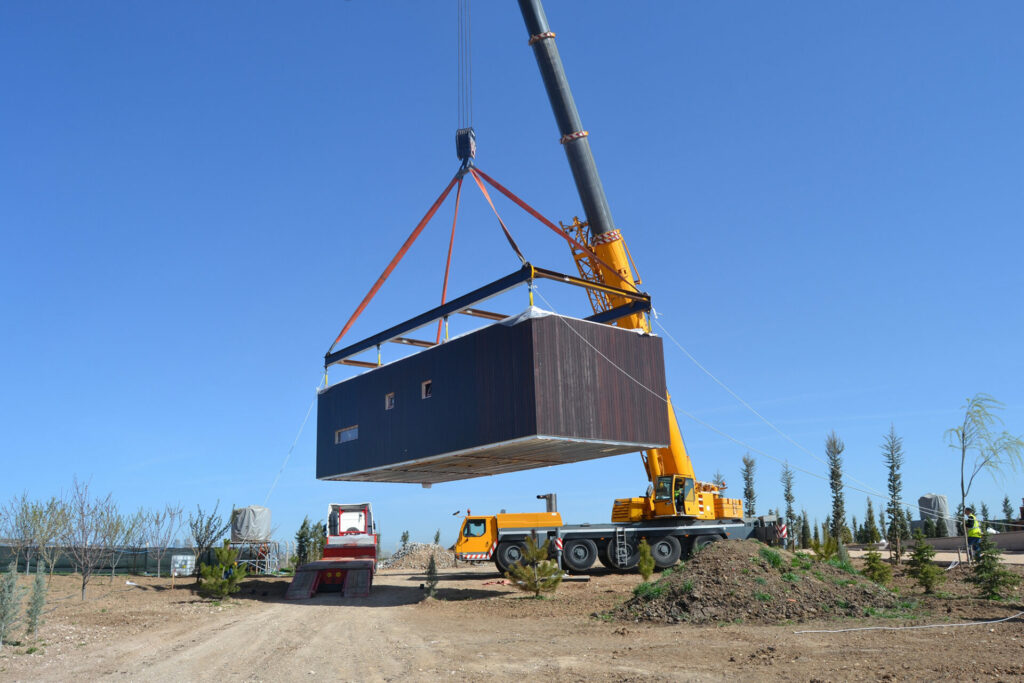Across North America, local authorities have grappled with homelessness for decades. Despite numerous interventions, pilot programs, housing initiatives, figures do not seem to decrease dramatically. Since data collection began in 2007, modest decreases had been identified. However, these gains amounted to a reduction of only 17 percent between 2007 and 2016. Furthermore, in the years following on from this, the trends have slipped in the opposite direction. This situation was compounded by the COVID 19 pandemic, but not by as much as feared. According to figures collected by the National Alliance to End Homelessness, governmental measures to support citizens during COVID was likely to be an important positive factor. “Tracking COVID-related population changes proved difficult. The pandemic disrupted data collection in 2021. By 2022, the full PIT Count resumed, and data showed that the homeless population had once again increased—but by only 0.3 percent.” Despite this, data is showing that homelessness is on the rise, and it seems that alternative solutions need to be identified. Given that communities are in the midst of a housing shortfall, lead times, labor shortages, materials shortages are all contributing to a perfect storm scenario where those most in need will be hit hardest.
The latest figures collected in the US make for stark reading. Homelessness has been on the rise since 2017 and last year, 421,392 people were homeless on a given night —127,000 of these being chronically homeless. This amounts to roughly 18 out of every 10,000 people. While these numbers are concerning, it seems that data can be misleading. When analyzed by location, it seems that the US has a number of homelessness hotspots with five states accounting for much of the crisis. “Homelessness is largely concentrated in certain areas of the country. Solving challenges in a few jurisdictions would significantly advance the goal of ending homelessness. Just five states (California, New York, Florida, Washington, and Texas) account for 55 percent of people experiencing homelessness. And a mere 25 Continuums of Care (CoCs) account for 47 percent of all homelessness.” Within this context we must ask the question, can more be done to support this vulnerable cohort of society?

Los Angeles is estimated to have around 75,000 people currently experiencing homelessness. As these figures were released recently, Dr. Va Lecia Adams Kellum, Chief Executive Officer of the Los Angeles Homeless Services Authority was clear in her message, this is an epidemic. “The homeless count results tell us what we already know — that we have a crisis on our streets, and it’s getting worse.” However, hope also comes in a coordinated plan to decrease these numbers through innovative strategies.
NAC Architecture, in collaboration with Bernards, a Californian construction company, has unveiled The Hilda L Solis Care First Village, an innovative housing project that uses modular building and shipping containers. The village covers 64,000 square feet (5,946 square meters) and was completed in six months. It offers 232 housing units, along with a common building that holds a commercial kitchen, dining area, laundry facilities and administrative spaces. The site also has landscaped courtyards, a dog park, and parking spots for staff and residents.
“It is an extremely viable solution that brings numerous potential benefits.”
It is not the first time that homelessness projects have identified modular building as the appropriate choice. It makes sense. Quick, cheaper than traditional alternatives, and with a lower need for large scale labor, it is an extremely viable solution that brings numerous potential benefits. Chandler Tiny Home Village, designed by Los Angeles firm Lehrer Architects, opened in February 2021. Chandler Street, which is operated by Hope of the Valley Rescue Mission, is a shelter designed for stays of three to six months. As an interim measure, the site can assist clients to stabilize as they seek other housing. On-site caseworkers assist with basics such as securing paperwork to recover lost IDs, connecting people to basic services, and providing a steady address as they apply for jobs or benefits. “It’s a spot to stabilize,” says Laurie Craft, Hope of the Valley’s chief program officer. “So that when people move into permanent supportive housing, the result is good.”
Elsewhere, People Assisting the Homeless (PATH) is a non-profit group on a mission to end homelessness. “Across the state, we help people find permanent housing and provide case management, medical and mental healthcare, benefits advocacy, employment training, and other services to help them maintain their homes stably. Since 2013, we have connected more than 9,000 people to permanent homes.” The group is currently working in San Diego’s El Carrito neighborhood, finalizing a modular community of affordable housing for homeless, or at-risk individuals. In this case, shipping containers were again used to facilitate the speedy completion of the project. “Most of the folks moving in are what’s considered low-income so they’re likely not going to pay more than $300 — if that,” said PATH CEO Jennifer Hark Dietz. “It really is based on their income level.”

The cities of Toronto and Vancouver have both incorporated modular housing as a way of housing their homeless residents in a cost-effective, and dignified, manner. Michael Geller, the Vancouver-based planning and development consultant believes that this method is effective due to its size, portability and method of production. “Modular housing can be relocated; I thought of it as an idea that might well work, and it did. Normally in construction, you have consultants’ fees, but in this case, there are no architects’ fees for every unit, and you don’t have the costs of going through the approvals process. The standard module is produced in a factory. All of the Vancouver projects are virtually identical, and you avoid property taxes during construction, the insurance costs are less, the legal costs are less, the soft costs on a project are often in the order of 20% of hard costs, and one cost you don’t have is the land cost.”
As figures continue to rise, it is imperative that cities and local authorities around North America work towards viable solutions to decrease the number of homeless individuals. With modular building, one thing is certain; residents can feel safe, secure and respected in a manner that can work in tandem with a housing crisis. Abigail Bond, Executive Director of the Housing Secretariat for the City of Toronto explains is in very real, and very clear terms. “For the first sites we have opened, there have been a couple of people who were interviewed after they moved in, and it’s really positive, really life-changing. They have a front door they can lock. There’s real security and a place where they can leave their buildings knowing their things will be there when they get back. It really makes a huge difference for people.”


















